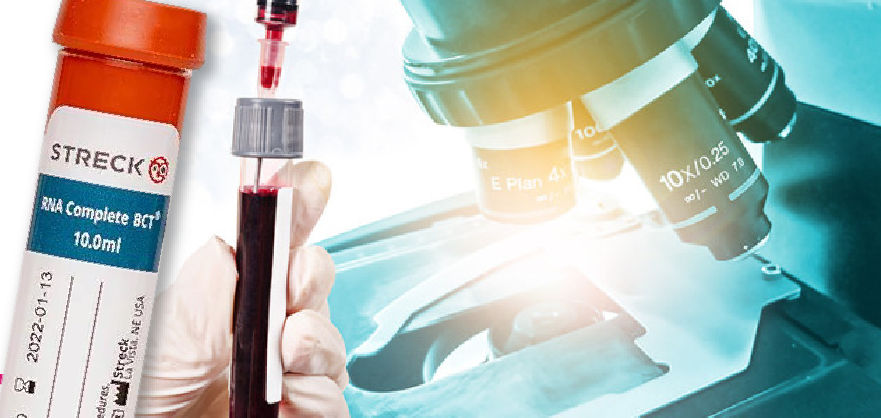1p/19q
1p/19q co-deletion 19q deletions occur in a very large number of gliomas (50-80% of cases) and often accompanied by losses at 1p level (70% of cases). Co-deletion 1p / 19q is common. This event is a favorable prognostic marker and has been very useful to enrich the histological grading of gliomas. Until recently, chemotherapy was considered ineffective. However, […]


